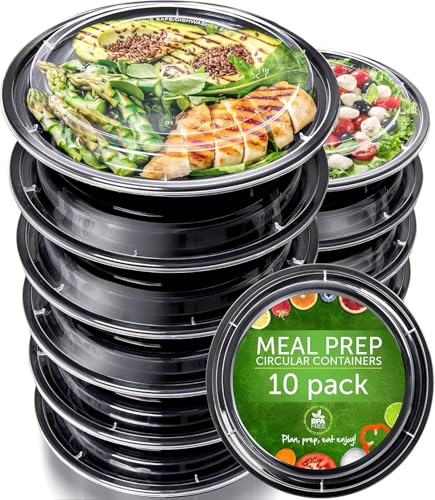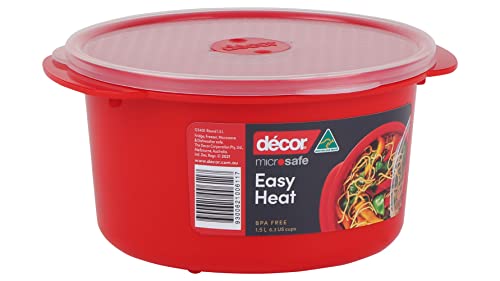Understanding Microwaveable Containers: What You Need to Know
What Are Microwaveable Containers?
Microwaveable containers are specially designed to withstand the heat and energy produced by microwaves. They allow for safe cooking or reheating of food without worrying about melting or releasing harmful chemicals. We often encounter these containers in various settings, from busy kitchens to food storage scenarios, as they facilitate convenience in food preparation.
Why Choose Microwaveable Containers?
Choosing microwaveable containers is about making cooking and storing food more efficient. Imagine quickly reheating leftovers after a long day at work without hassle. Instead of transferring food to different dishes or using flimsy packaging that might warp, using microwave-safe containers ensures that your meals are ready in minutes, and you can enjoy them straight from the container.
Key Features to Consider When Choosing Microwaveable Containers
Size and Shape
The size and shape of microwaveable containers are crucial for how well they fit in your microwave. Picture needing to reheat a large casserole; a shallow, wide dish may be better suited than a tall, narrow one. Choosing containers that match your cooking and storage needs can simplify meal preparation.
Material
The material of the container significantly affects its usability. Some materials can handle high temperatures while others might melt or leach chemicals. Therefore, selecting the right material is essential for safety and performance.
Lid Type
The type of lid can impact heating efficiency and moisture retention. For example, vented lids allow steam to escape, while tight-sealing lids trap moisture. Understanding the kind of food you typically reheat can guide you to the best lid choice.
The Best Materials for Microwaveable Containers
Plastic
Plastic containers are lightweight and often less expensive, making them a popular choice. However, we should ensure they are labelled as microwave safe to avoid potential hazards.
Glass
Glass is durable and doesn’t react with food, making it an excellent microwaveable option. Picture a robust container that you can move directly from the fridge to the microwave without worrying about it warping. It also effectively keeps food fresher, as glass is non-porous.
Ceramic
Ceramic containers offer aesthetic appeal and are generally microwave safe. They can handle high temperatures and often retain heat better than plastic. Choosing ceramic can mean elegant presentation if you’re serving straight from the container.
How to Properly Use and Care for Your Microwaveable Containers
Preheating Containers
It’s essential to preheat containers to avoid unpleasant surprises. By microwaving them for a few seconds before placing food inside, we can help prevent warping and ensure even heating.
Cleaning Tips
Proper care is vital for longevity. Most microwaveable containers are dishwasher safe, but hand washing with mild soap can protect those less durable materials, extending their life.
Avoiding Extreme Temperatures
Avoid drastic temperature changes, as this can lead to cracks or breakage. For instance, transferring a container directly from the freezer to the microwave without allowing it to adjust can compromise its integrity.
Our Top Picks for Microwaveable Containers in Different Categories
Best Overall
When we look at the best overall microwaveable containers, we recommend options that combine durability, ample size, and easy handling; these would make your food prep and reheating a breeze.
Best Budget Option
For those on a budget, we’ve identified choices that offer excellent value without compromising safety. You can find affordable options that still meet all microwave-safe standards.
Best High-End Choice
If you’re willing to invest in premium containers, there are selections made of high-quality materials that provide lasting performance and exquisite design, making them perfect for both cooking and serving.
























